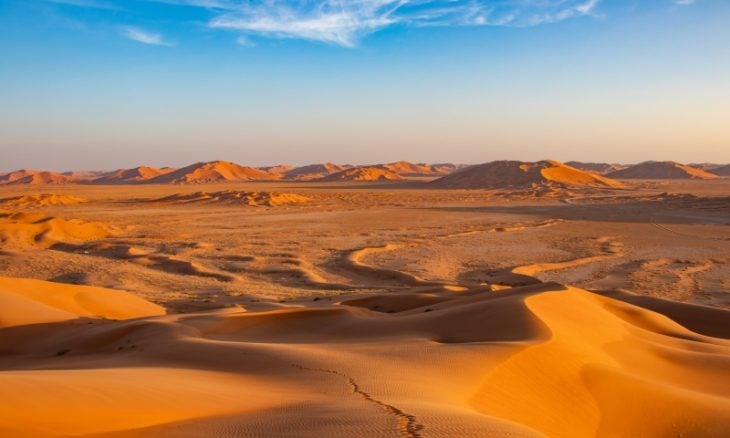
London - SABA:
An international team revealed in a study published on Wednesday that the Rub' al Khali, one of the world's largest deserts, was once home to a massive lake and a river system.
The recent study, according to the German News Agency, indicated that this vast desert in the Arabian Peninsula has existed for at least 11 million years, making it one of the largest biogeographic barriers on Earth. Its presence limited the spread of early humans and animals between Africa and Eurasia.
However, a new study published in the journal Nature states that the Rub' al Khali regularly turned green and fertile over an 8-million-year period. At one point, it contained a lake reaching a depth of 42 meters and covering an area of 1,100 square kilometers, approximately 9,000 years ago.
According to the international team, favorable conditions in the region facilitated the emergence of grasslands and savannas, allowing for the migration of humans and animals until drought returned.
Abdullah Zaki, a postdoctoral fellow at the Jackson School of Geosciences at the University of Texas, said: "Our work highlights the existence of an ancient lake that peaked around 8,000 years ago, along with rivers and a large valley formed by water."
Michael Petraglia, a professor at Australia’s Griffith University, added: "The formation of lake and river landscapes, along with grassland and savanna conditions, would have led to the expansion of hunting, gathering, and pastoral groups across what is now a dry and barren desert."
Petraglia further noted that "6,000 years ago, the Rub' al Khali experienced a significant decline in rainfall, creating arid and harsh conditions that forced populations to migrate to more suitable environments and abandon the nomadic lifestyle."